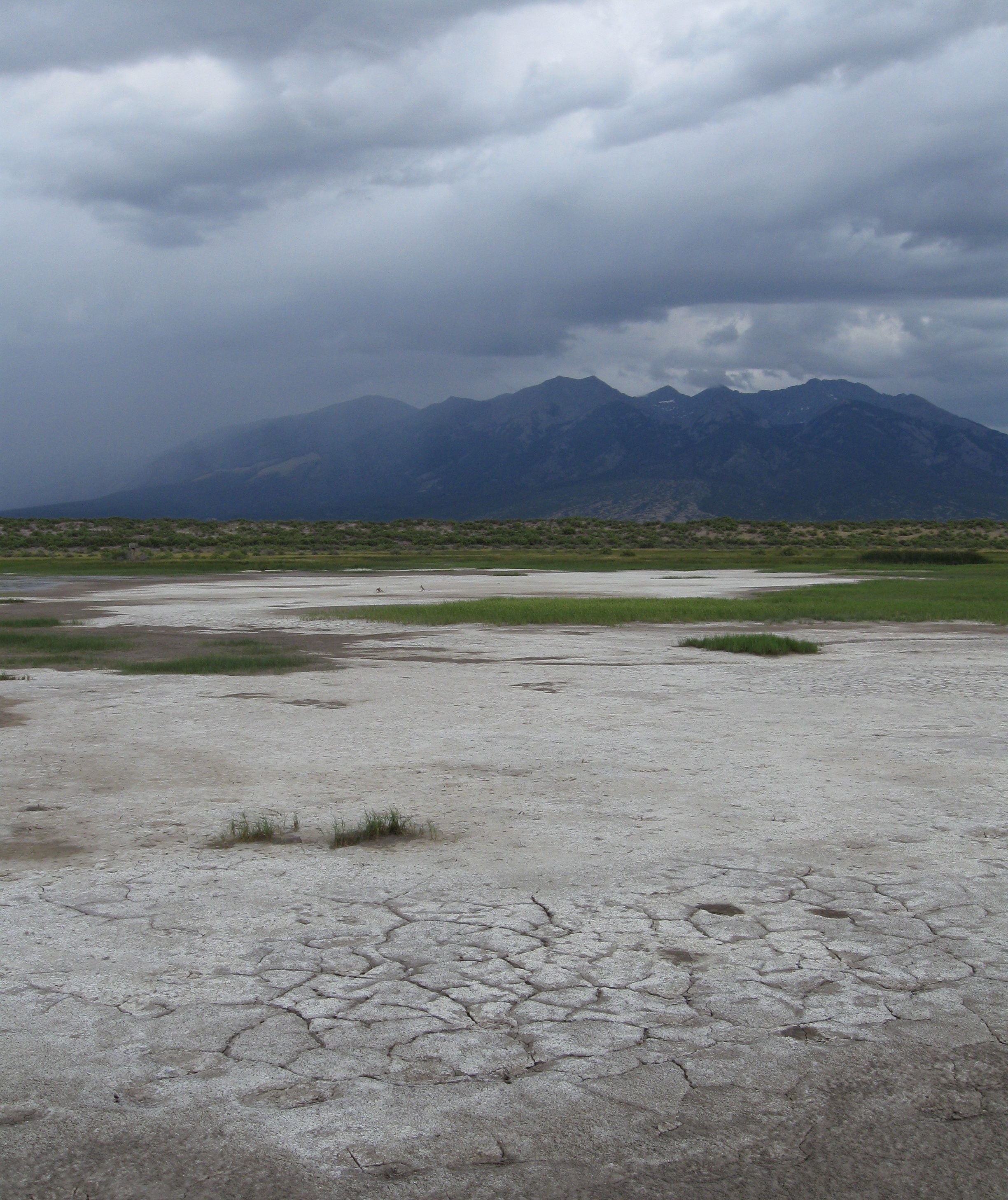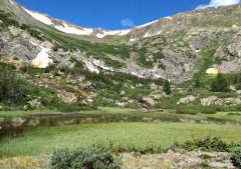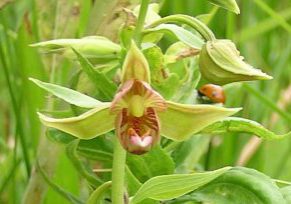Click a link below for details.
Colorado is home to regionally and globally significant wetland ecosystems. Many of Colorado’s most unique wetlands, including extreme rich fens, have developed over the course of hundreds to thousands of years, and are irreplaceable in our lifetimes.
Wetlands are a critical part of Colorado’s natural heritage, and perform the highest level of ecological functions like providing wildlife habitat and storing water throughout the growing season when they are in a least-altered state. Wetland conservation, including the protection of surrounding terrestrial habitats that support high-functioning wetlands, should be the first priority in natural resource planning, followed by habitat enhancement and restoration, and mitigation for wetland impacts as a last resort.

Wetland landscapes cross land ownership and political boundaries, and conserving wetlands involves collaboration and effort across groups and county lines. Conservation planning helps us to identify areas of high conservation priority, groups who can help conserve these areas, and actions that we can take to ensure that future generations can enjoy Colorado’s wetlands.
The Colorado Natural Heritage Program (CNHP) tracks individual wetland species and entire wetland ecosystems of conservation interest, which are often included in Potential Conservation Areas (PCAs). To learn more about these PCAs, you can click on individual PCAs in the Colorado Wetland Inventory mapper, as well as the Watershed Planning Toolbox Mapper.
Additional PCA information can be found in County Surveys that CNHP has carried out across Colorado to document wetlands and terrestrial habitats of high conservation significance. The surveys provide detailed information on rare ecosystems and natural plant communities across the state, along with potential threats and management recommendations.
In addition to mapped priority wetlands, Colorado Parks & Wildlife (CPW) maintains a list of wetland priority species, which also includes a growing number of fact sheets and habitat scorecards to help users identify suitable habitat for these species. The Watershed Planning Toolbox Mapper includes wetland wildlife habitat rankings for amphibians, shorebirds, and other wetland-associated species, along with layers like the National Audubon Society's Important Bird Areas to help users find wetland complexes and other sites with high conservation value for birds across Colorado.



Interested in helping with or learning more about wetland conservation? Please see our Funding and Technical Support page for resources and opportunities to conserve, restore, and learn more about wetlands in Colorado!
Colorado also has several active Wetland Focus Area Committees (FACs) including stakeholders from private landowners to federal land management agencies and nongovernmental organizations. CPW hosts a map of the FAC regions, as well as contact information for active regional committees.



Watershed Plans
Is there an existing watershed or stream management plan that includes your area of interest? Find out via the CNHP Watershed Planning Toolbox Mapper or the Colorado Stream Management Plan map.
The EPA Handbook for Developing Watershed Plans to Restore and Protect our Waters is also a useful resource for groups looking to create and implement watershed plans for water quality or water resource protection.
Watershed Groups
The Colorado Watershed Assembly maintains an interactive mapping tool that allows users to see watershed groups and soil conservation districts in each of the major river basins across the state.





